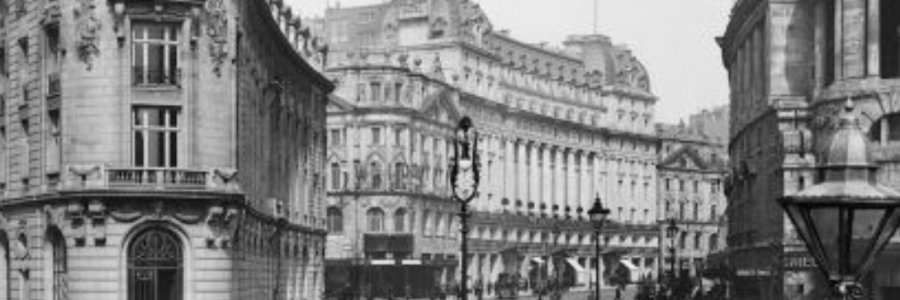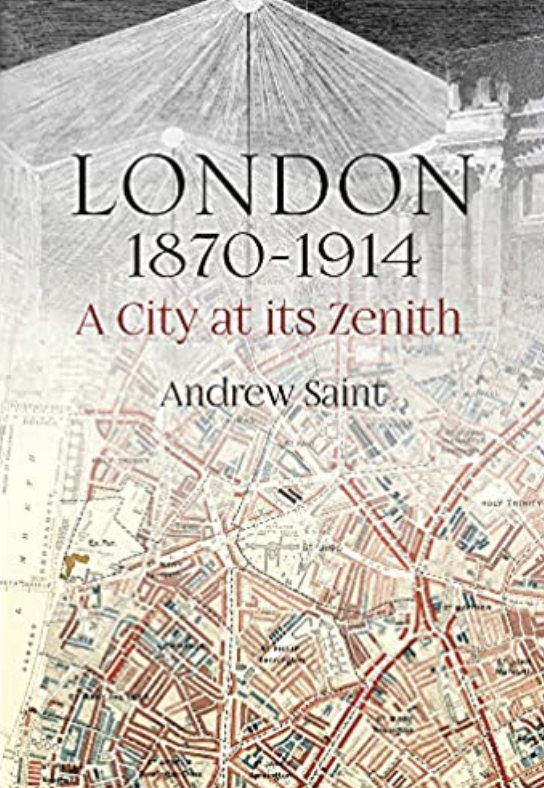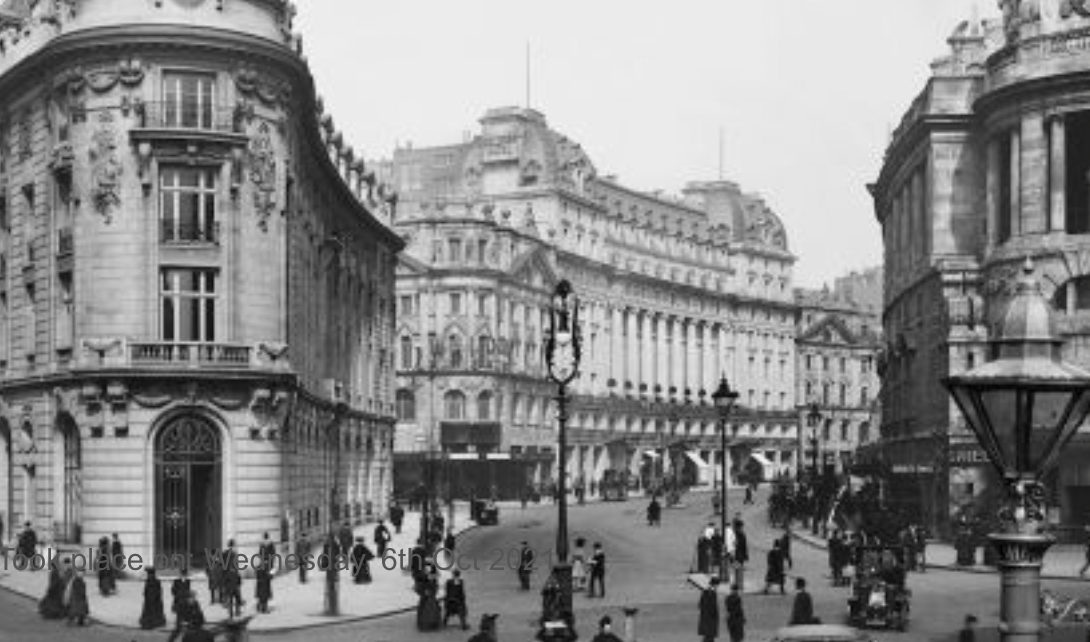
London was built for business


London’s Zenith was the era of Georgian town squares, during 1700-1800, an imperial city which finds itself at the centre of world’s trade, empire, finance and manufacture.
Andrew Saint, an architectural historian, conveys the excitement, diversity and richness of London at a time when the city was at the height of its power, uniqueness and attraction. Balancing the social, topographical and the visible aspects of the great city, Andrew Saint uses buildings, architecture, literature and arty as a way into understanding social and historical phenomena. He also focuses volumes on poverty of Victorian London, he provides a broader picture of life in the city. He enlivens with a rich line-up of colourful characters, like Baron Albert Grant, Henry Mayers Hyndman and his connections with Karl Marx, William Morris and George Bernard Shaw, John Burns, Octavia Hill, Aubrey Beardsley and the artistic bohemians, Alfred Harmsworth and the Garrett sisters, and insightful quotes on London by esteemed authors such as Trollope, Henry James and Rudyard Kipling.
A City at its Zenith is divided into four long chapters each dealing with a decade, London’s evolution between 1870 and 1914 comes across clearly. Topics covered include: the creation of new neighbourhoods and roads, how the Victorians dealt with their housing crisis, why certain architectural styles were preferred, and the fashion for focusing on certain types of building, such as ice rinks, schools, houses, hospitals, fire stations, exhibition halls, water works, music halls, recital rooms and pubs.
Saint’s interpretation of London’s history in the period covered is unashamedly one of the progress in the face of great odds, showing it was a much better city in 1914 than in 1870. At a time when local autonomy in Britain has been ruthlessly downgraded and London’s face is every year coarsened further by money-led developments, this history of gradual and earnest improvement may have lessons to teach.
Paris had just built its grand and enduring network of boulevards crushing the medieval city ruthlessly, Chicago was world’s fastest-growing city and doing so mostly upwards, Vienna, Berlin, and Budapest were building functional and often very beautiful modern forms, London was turning out poky Victorian terraces and faux-Baroque town hall.
UK capital today, was a city pioneering social housing, schools and public architecture from museums and baths to fire stations. Its strict rules about height and fire that kept buildings largely low and only the spires high. The London County Council ( and before it the Metropolitan Board of Works) was always controlled by a central government wary of giving it too much power. London achieved an entire infrastructure of civic fabric. It was explosion of grand, pompous classicism, gothic brickwork and blowsy Victoriana. Even after the Great Fire of 1666, developers built back so fast the authorities barely had time to respond before the streets were full of buildings, including Georgian squares by private developers.
Between 1870 and 1914, big chunks of the city as we known it were made, Kingsway, London’s great appreciated boulevard, and Aldwych, virtually all West End theatres and Shaftesbury Avenue, the humane new Boundary and Millbank estates, the great department stores much of the Underground network, and Tower Bridge all date from that time.
There were also elegant mansion blocks, their name an attempt to persuade house-proud Brits into flats, slum clearances, dodgy developers and grand houses in Kensington, and ice rinks tapping a new craze. The Metropolitan Authority had the power and imagination to transform the lives of the working classes not just with housing, but also with education and leisure.
London is again living through a moment in which it is attempting to impose itself on the global landscape of business and just an in 1870, finds its skyline and streets struggling to compete with the new pretenders Singapore, Shanghai, Shenzhen and Dubai.
London 1870-1914: A City at its Zenith by Andrew Saint, Lund Humphries £29.95/$59.99. 240 pages.
